-
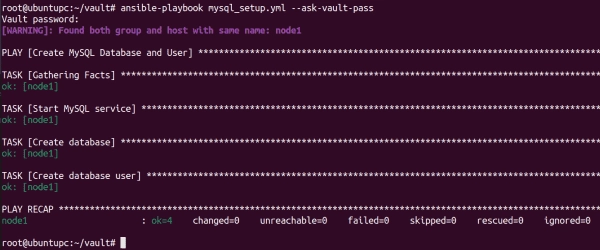
Mastering Encryption and Decryption with Ansible Vault
Ansible Vault allows you to encrypt sensitive data such as passwords, keys, and other secrets rather than storing them as plaintext in your playbooks or roles. In this tutorial, I will explain how to use Ansible Vault to encrypt and decrypt data during playbook runtime. Prerequisites To proceed with this tutorial, you will need the…
-
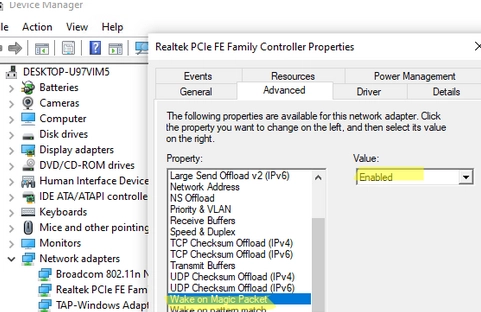
Step-by-step Guide to Enabling and Configuring Wake-on-LAN (WoL) in Windows
Wake on LAN (WoL) is an essential feature in computer networking that allows a device in sleep mode or low power mode to be remotely activated. This is made possible through the device’s network interface card (NIC), which prompts the computer to wake up anytime it receives a unique broadcast packet, often referred to as…
-
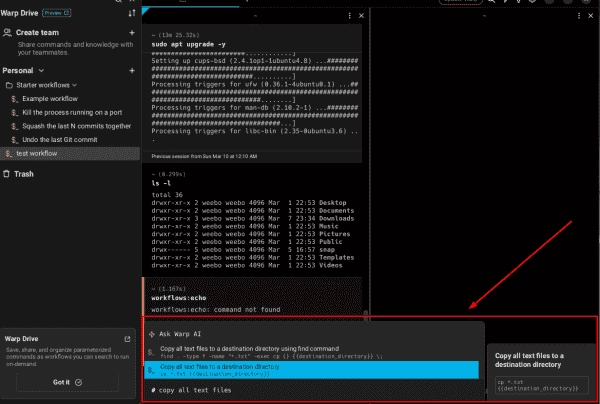
Warp: An AI-Enhanced Terminal for Linux and macOS, with a Windows Edition Coming Soon
Warp is a modern AI-powered terminal emulator that essentially allows you to execute commands in plain English. The Linux edition recently joined the macOS version, and a Windows release is slated for later this year. In this post, we will look at Warp’s new Linux edition. However, aside from slightly different keyboard shortcuts, the different…
-

How to Monitor Website SSL/TLS Certificate Expiration using Zabbix
SSL (TLS) certificates play a pivotal role in today’s infrastructure. Hence, it’s incumbent upon administrators to make sure they don’t expire and are timely renewed. This blog post will guide you on how to employ Zabbix for monitoring your websites against expiring SSL certificates. No longer required in the latest versions of Zabbix are console…
-
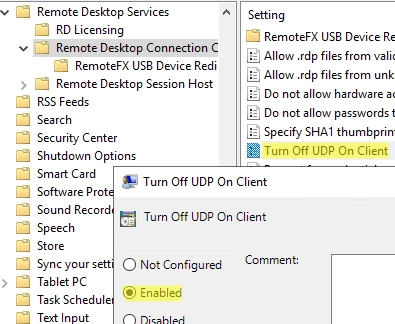
Solving the Problem: Remote Desktop Session Freezes and Disconnects on Windows
In Windows 10/11 and Windows Server 2022/2019/2016, when connecting to a Remote Desktop (RDS) server, UDP port 3389 is used along with the default RDP port TCP/3389. Your RDP client, when connecting to the server, initiates multiple sessions. The keyboard and mouse commands are transmitted using the TCP (HTTP) control session, whereas the Remote Desktop…
-
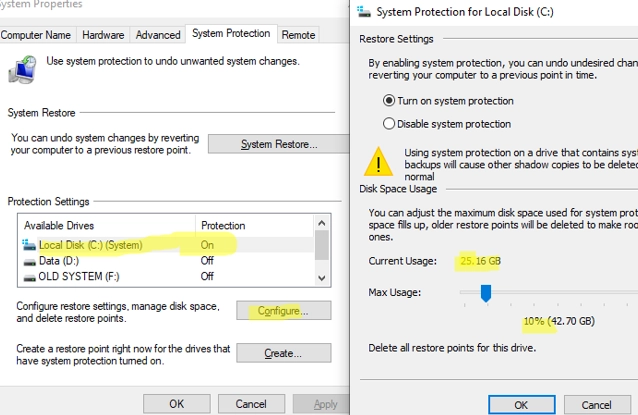
A Comprehensive Guide on Creating, Deleting and Managing System Restore Points on Windows 10/11
System Restore Points offer a convenient solution for reverting your Windows OS to a previous state should you encounter unintended system file or registry issues following the installation of faulty drivers, updates, or applications. A restore point allows you to restore the state of the registry, system files, drivers, and installed software to the point…
-
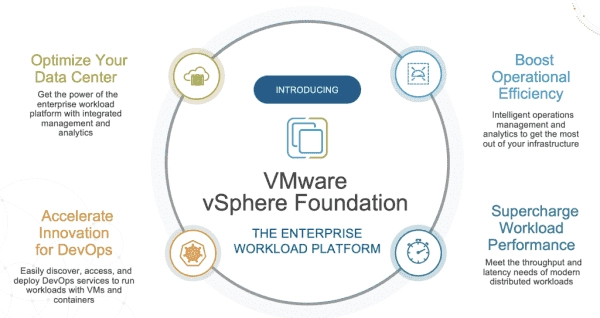
Understanding VMware vSphere: Editions, Licenses, and Pricing for the SMB Market
Following Broadcom’s takeover of VMware, the new owner significantly streamlined the portfolio, primarily selling products through bundles to large companies. However, small and medium-sized enterprises (SMEs) often only require vSphere, of which there are now only a few editions available. The Essentials Plus Kit often turns out to be the most expensive due to the…
-

Secure Your Spot: Registration Now Open for Microsoft Windows Server Summit 2024
Learn from experts and get ready for the future of Windows Server. Stay ahead of the curve and learn about the latest innovations and best practices in the world of Windows Server. Join us March 26 to 28, 2024 at the Windows Server Summit for a free virtual event sponsored by Intel®. This technical event…
-

Using a Bash Script to Associate an Elastic IP Address to an EC2 instance
In previous articles, I explained how to create an AMI from an EC2 instance and then launch the instance with scripts. Next, you probably want to assign an Elastic IP (IPv4 address) to the instance. In this post, you will learn how to allocate, release, associate, and disassociate an Elastic IP with the AWS CLI…
-
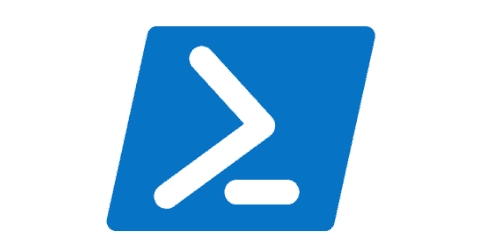
How to Adjust Privacy Settings in Microsoft Edge: Disabling Tab Grouping, Creator Following, Similar Sites, and Shopping Recommendations
Microsoft regularly uses its platform to push its software and cloud services onto users, often providing little value but bloating the system or siphoning off data. This is applicable to various Edge browser features that are active by default but can be disabled via GPO. Microsoft has long been installing Windows add-ons without user consent.…